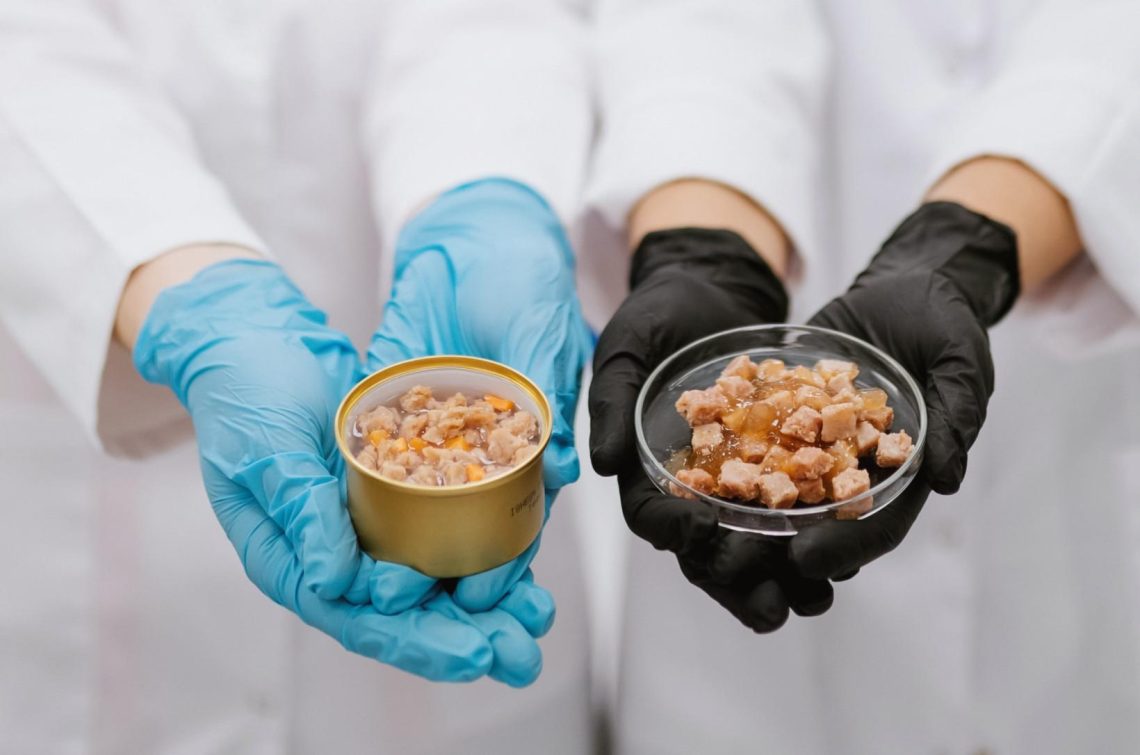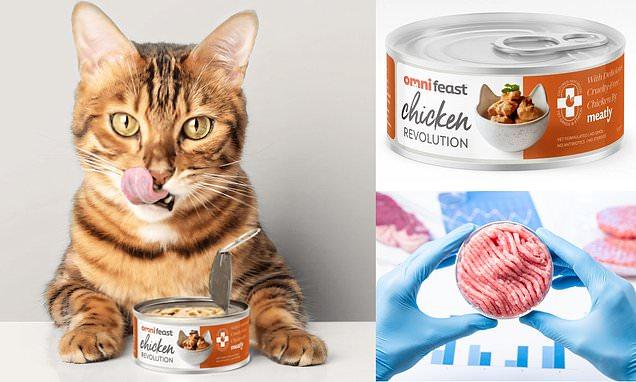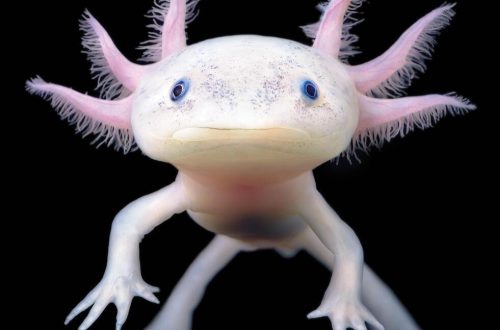
Lab-Grown Meat for Pets: Safety Concerns Explored
In an age where sustainability and innovation converge, the world of pet care is witnessing a transformative shift. As lab-grown meat gains traction in the culinary sphere for human consumption,it raises a tantalizing question: could this revolutionary approach to protein production extend to our beloved pets? While the allure of environmentally kind and cruelty-free pet diets beckons,it also brings forth a spectrum of safety concerns that warrant careful examination.In this article,we will explore the implications of introducing lab-grown meat into our pets’ diets,navigating the delicate balance between innovation and the health of our furry companions. Through a thorough investigation into the safety, nutritional value, and regulatory landscape surrounding this emerging trend, we aim to shine a light on what the future may hold for pet nutrition in a world increasingly embracing lab-based solutions.
Table of Contents
- Understanding Lab-Grown Meat: Innovations and Nutrition for Pets
- Evaluating Safety Standards: Regulatory Oversight in Lab-Grown Pet food
- Addressing Ethical Considerations: The Impact on Animal Welfare
- Making the Transition: Guidelines for Introducing Lab-Grown Meat to Your Pet’s Diet
- In summary

Understanding Lab-grown Meat: Innovations and Nutrition for pets
As the pet food industry evolves, the introduction of lab-grown meat stands at the frontier of innovation, promising a sustainable and ethical alternative to traditional meat sources. This innovative approach to pet nutrition focuses on cultivating muscle cells in a controlled surroundings,eliminating the need for animal slaughter. Key benefits associated with lab-grown meat for pets include:
- Reduced Environmental impact: Producing lab-grown meat generally consumes fewer natural resources and produces lower greenhouse gas emissions compared to conventional meat.
- Consistent Quality: Meat produced in labs can be designed for optimal nutritional value, ensuring pets receive the right balance of proteins, vitamins, and minerals.
- Healthier Options: lab-grown meat can potentially be free from antibiotics and hormones commonly found in traditional livestock.
Despite the promising advantages, several safety concerns need to be addressed before lab-grown meat becomes commonplace in pet diets. Assessing the nutritional profile and potential allergens of these products is crucial as they come to market. Scientists continue to explore:
- Microbial Safety: Ensuring that the lab processes do not introduce harmful bacteria or pathogens.
- Ingredient Openness: Consumers need clear details about what goes into lab-grown meats, including any additives used in the cultivation process.
- Long-Term Health Effects: research is ongoing to evaluate the long-term impacts of feeding lab-grown meat to pets and how it compares nutritionally to traditional options.
| Concern | Description |
|---|---|
| Microbial Safety | Potential introduction of harmful bacteria |
| ingredient Transparency | Need for clear product labeling |
| Long-Term Health Effects | Impact of lab-grown meat on pet health |

Evaluating Safety Standards: Regulatory Oversight in Lab-Grown Pet Food
As the market for lab-grown pet food expands, understanding the regulatory landscape is crucial for ensuring that these products meet necessary safety standards. Regulatory bodies such as the Food and Drug Administration (FDA) and the United States Department of Agriculture (USDA) are primarily responsible for overseeing food safety protocols, which include evaluating the methods and processes used in the production of lab-grown meat. These agencies establish rigorous criteria that such products must meet before they can be deemed safe for consumption by pets. Notably, the following aspects are usually examined:
- Production methods: Assessment of how lab-grown meat is cultivated, including the source of cells and potential contaminants.
- Nutritional content: Detailed analysis to ensure that the nutritional composition meets the holistic dietary needs of pets.
- Labeling requirements: Regulations governing how these products are marketed and labeled to inform pet owners accurately.
Moreover, it is vital for manufacturers to engage in transparent practices, making their data readily available for scrutiny. Compliance with Good Manufacturing Practices (GMP) is also a prerequisite in this domain. Discrepancies or controversies can arise if the safety protocols are not adhered to meticulously. Below are key factors influencing regulatory oversight:
| Factor | Description |
|---|---|
| Transparency | Open disclosure of production processes to build consumer trust. |
| Scientific Review | Research and studies validating safety and nutritional claims. |
| Public Engagement | Involving pet owners in the dialog around lab-grown products. |

Addressing Ethical Considerations: The Impact on Animal Welfare
The shift towards lab-grown meat for pets raises several ethical questions that warrant careful consideration. Unlike traditional meat sources, which often involve animal suffering and exploitation, lab-grown alternatives present a unique opportunity to redefine our relationship with animal welfare. The cultivation of meat cells in a controlled environment eliminates the need for animal slaughter, providing a more humane option for feeding our pets while potentially reducing the environmental impact of conventional meat production. Though, the challenge lies in ensuring that this innovative food source meets not onyl safety standards but also the nutritional needs of pets without compromising quality.
As we explore the introduction of lab-grown meat into pet diets, it is essential to contemplate how this transition might influence pet health and wellbeing. Veterinarians and pet nutritionists now face the task of evaluating the long-term effects of such diets on pets. Key factors to consider include:
- Nutritional adequacy: Assessing if lab-grown meat provides a balanced diet
- Allergen potential: Identifying any new allergies that may arise
- Digestive health: Understanding how pets process these novel proteins
This shift has the potential to influence not just the animals we care for but also the broader ecosystem, promoting a more sustainable approach to pet ownership without the ethical implications associated with conventional meat industries.

Making the Transition: Guidelines for introducing Lab-Grown Meat to Your Pet’s Diet
When considering lab-grown meat for your pet’s diet, it’s essential to implement a systematic approach. Start by consulting your veterinarian to discuss the potential benefits and any health concerns specific to your pet. Gradually introduce lab-grown meat into their existing diet, tracking any changes in behavior or digestive response. Here are some guidelines to facilitate a smooth transition:
- Begin Small: Introduce lab-grown meat as a small portion of their current food.
- Monitor reactions: Observe your pet for any signs of allergies or digestive issues.
- Gradual Increase: If no adverse reactions occur, slowly increase the proportion of lab-grown meat over several days or weeks.
- Balanced Nutrition: Ensure that the overall diet remains balanced with other essential nutrients.
To help you keep track of your pet’s nutritional intake during this transition, consider the following simple comparison table:
| Type of Meat | protein content (%) | Fat Content (%) | Potential Benefits |
|---|---|---|---|
| Traditional Meat | 25 | 15 | High in essential amino acids |
| Lab-Grown Meat | 28 | 10 | Lower in saturated fats, customizable nutrient profile |
By following these guidelines and monitoring your pet’s health throughout the process, you can make informed decisions that cater to their unique dietary needs while embracing this innovative alternative.
In Summary
As we navigate the evolving landscape of pet care and nutrition,the emergence of lab-grown meat presents both exciting possibilities and pressing safety concerns.While the promise of a sustainable, cruelty-free source of protein for our beloved companions captivates many, it is vital to approach this innovation with a discerning eye.As research continues and regulations tighten, we must remain vigilant to ensure that our furry friends receive only the best and safest options available. Ultimately, the journey towards integrating lab-grown meat into pet diets will require collaboration among scientists, veterinarians, and pet owners alike, fostering an environment where innovation can thrive alongside safety. By staying informed and proactive, we can embrace this new frontier in pet nutrition, ensuring that our four-legged family members enjoy not only flavorful meals but also healthy, happy lives.





